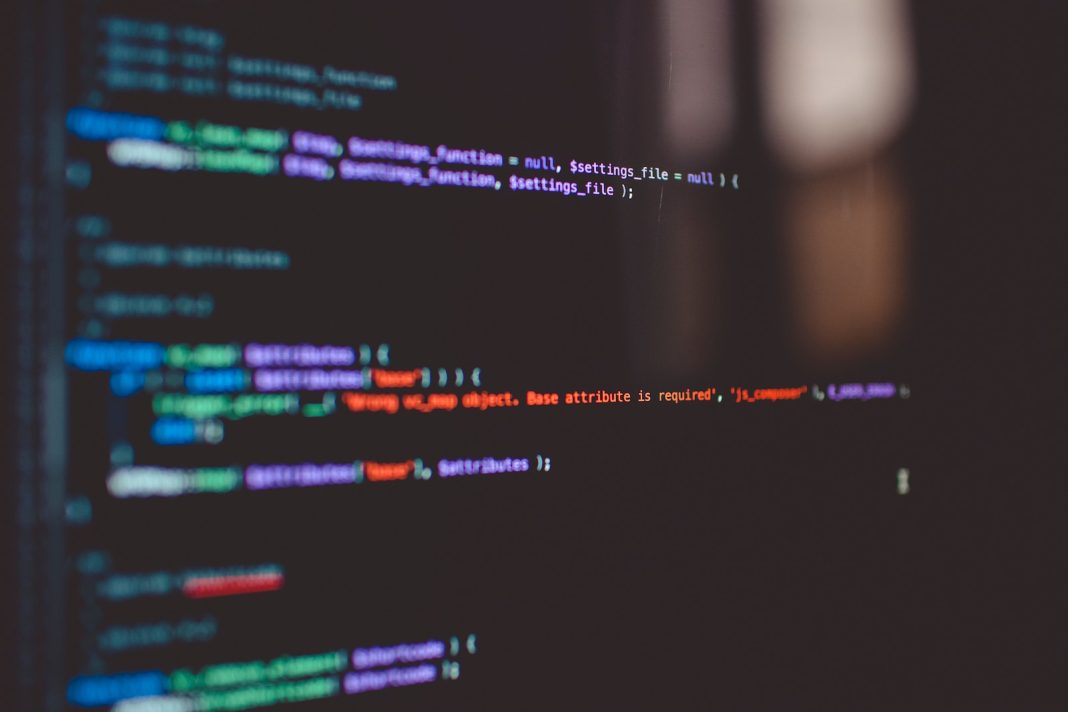In the ever-evolving landscape of Windows 10 and 11, the Command Prompt remains a hidden gem, offering a multitude of functionalities that go beyond the typical point-and-click interface. While it may not be as prominent as it once was, the Command Prompt still holds its ground as an indispensable tool for users seeking efficient and powerful ways to interact with their systems.
Accessing the Command Prompt
Finding your way to the Command Prompt is a breeze, thanks to a couple of straightforward methods:
- Windows Search: Simply type “Command Prompt” into the Windows search bar, and select the corresponding result.
- Run Terminal Shortcut: Press Windows Key + R to open the Run terminal, type “CMD,” and press Enter.
For tasks requiring elevated permissions, right-clicking on the CMD icon and selecting “Run as Administrator” ensures smooth execution.
The Art of Command Prompt
If you find yourself more accustomed to visual interfaces, diving into the Command Prompt may feel like stepping back in time. However, with a bit of know-how, you can unlock a plethora of functionalities. Typing commands with precise spelling, syntax, and context is key. For those familiar with programming, the Command Prompt’s logic will ring a bell.
Some Essential Commands:
- Help: The fundamental starting point – type “help” for a list of available commands.
- “command” /?: An invaluable tool providing detailed information about any specified command.
- TRACERT: Track your PC’s internet traffic, revealing the journey your packets take through intermediate servers.
- IPConfig: Ideal for troubleshooting network issues, offering insights into your PC, local network, and various connections.
- Ping: Confirm the status of your internet connection by pinging a target, ensuring a response indicates a working connection.
- Chkdsk: Check Disk scans your drive for errors, a classic tool for early detection and prevention of data loss.
- SFC: System File Checker scans and repairs Windows system files, a crucial command for maintaining system integrity.
- Cls: Clear the Command Prompt screen for a more organized view of results.
- Dir: Browse your file system by displaying all files and folders within the current directory.
- Netstat: Uncover detailed information about existing connections to your PC, including TCP connections and listening ports.
- Exit: Swiftly leave the Command Prompt without reaching for the mouse.
- Tasklist and Taskkill: Obtain immediate data on all active tasks, with Taskkill used to force specific tasks to end.
- Shutdown: Put your PC to rest with a simple “shutdown” command.
Hidden Gems: Lesser-Known Commands
While the aforementioned commands cover the essentials, several lesser-known commands offer niche functionalities:
- Ipconfig /flushdns: Resolve network issues by clearing the Windows cache of DNS details.
- Assoc: View and change file associations, a powerful command for handling file types.
- Cipher: Manage encryption information for your system’s files and folders, enhancing security.
- Finger: Collect information about users on a computer or remote server, aiding digital monitoring.
- Deltree: Delete entire files or directories, a powerful yet potentially hazardous command.
- Telnet: Activate Telnet for accessing remote devices or servers, though exercise caution due to its lack of encryption.
- & and | clip: Run two commands simultaneously with “&,” and copy command output to the clipboard with “| clip.”
- nslookup: Find the IP address of any website by typing “nslookup” followed by the URL.
Mastering the Tricks
In addition to commands, mastering a few Command Prompt tricks enhances your efficiency:
- Function keys: Utilize Function (F) keys for quick actions, from pasting commands to accessing a list of previously-used commands.
- Driverquery: Retrieve a comprehensive list of all drivers operating on your PC with a simple “driverquery” command.
- Change CMD color: Personalize your Command Prompt by changing the color scheme through the Properties menu.
- Compare files: Use the “FC” command to compare files, identifying differences between versions effortlessly.
In conclusion, while the Command Prompt may seem like a relic from the past, its capabilities remain relevant and potent in the contemporary Windows environment. Whether you are troubleshooting network issues, managing files, or monitoring system tasks, the Command Prompt offers a powerful arsenal of tools waiting to be explored. Unlock the full potential of your Windows experience with the command line – a journey well worth taking for any tech enthusiast.


